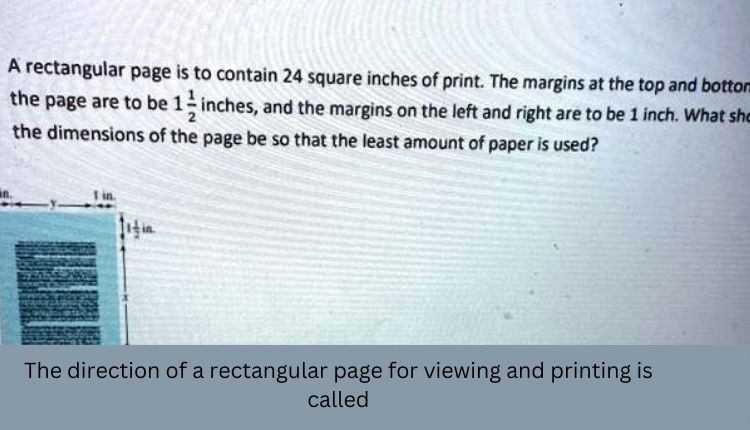
Definition and Example of RFP
In the complex playfield of contract bidding, a major player is the request for proposal (RFP). RFPs are invaluable tools that facilitate the harmonious interaction between organizations seeking services and the providers of those services. Benefits encompass price competition, specification compliance, and the establishment of a professional relationship. Identifying what constitutes an effective RFP can be a daunting task. This article unpacks the definition of an RFP, the importance of a well-structured RFP, and highlights strategies for creating an effective RFP. It will also exemplify an RFP, addressing its components and their significance. Keep reading.
Decoding the RFP
The RFP is a document that summarizes the requirements for a huge project. It provides detailed information about the project including its scope, timeline, and budget. Companies seeking to outsource a project send an RFP to multiple potential service providers to solicit proposals.
The RFP includes specific details pertaining to the problem and needs of the organization. It contains a set of specifications that suppliers must fulfill. It also, inadvertently, provides information regarding who might be the best fit for the role. This is achieved by identifying how efficiently and cost-effectively the suppliers can meet the requirements. It enables the issuing organization to make an informed decision about sourcing.
Essential Components of an RFP
Effective RFPs are those that are clear and explicit. They are generally structured in a specific format, containing certain crucial elements. These include an executive summary, project overview, detailed specifications, assumptions and constraints, terms and conditions, and proposal evaluation criteria.
A company should conduct a proper requirement analysis before sending out an RFP. This is to ensure that service providers have complete and accurate information. Clear and concise information should be provided about the project to avoid confusion and to get accurate bids from the vendors. Additionally, information about proposal submission such as the deadline, point of contact, and the format should be mentioned clearly in the RFP.
A company should also define the selection criteria and the process of vendor evaluation. This will give the vendors an idea of the factors based on which they will be evaluated. It can also encourage vendors to tailor their proposals according to the emphasized criteria. Presentation of an example of RFP can provide suppliers with an idea about the expectations.
Steps to Construct an Effective RFP
Constructing an effective RFP involves several steps. This includes understanding the purpose of the RFP, identifying potential service providers, detailing the specifications, setting up proposal submission deadline and instructions, and communicating evaluation criteria.
It is crucial to thoroughly research and describe the needs of the company to create an effective RFP. Organizations should also ensure that they acknowledge the objectives and expectations of the service providers. This can help create a comprehensive RFP that targets the right audience.
Service providers make significant commitments based on the RFPs they receive. Therefore, companies should ensure they follow due diligence in the process to inspire confidence among potential suppliers. The goal of an RFP should be to identify the most suitable partner for a specific task rather than simply obtaining the lowest price.
The Role of RFP in Vendor Selection
Vendor selection is a comprehensive process incorporating complex dynamics such as shortlisting suppliers, reviewing their proposals, and making final decisions. An RFP, being a formal solicitation for suppliers to bid on the product or service required, is crucial in the vendor selection process.
It allows companies to gather detailed and comparable information from various potential vendors, ensuring a fair and transparent evaluation process. With identified evaluation criteria, companies can benchmark proposals against company requirements, contributing to more informed decision-making.
Altogether, an RFP is a key tool that helps companies source the right services from the right suppliers. Ensuring it is detailed and clear is imperative for its success. A well-structured RFP not only enables better supplier selection but also greatly contributes to the overall prosperity of the procurement process, maximizing the value of the outsourcing project.




